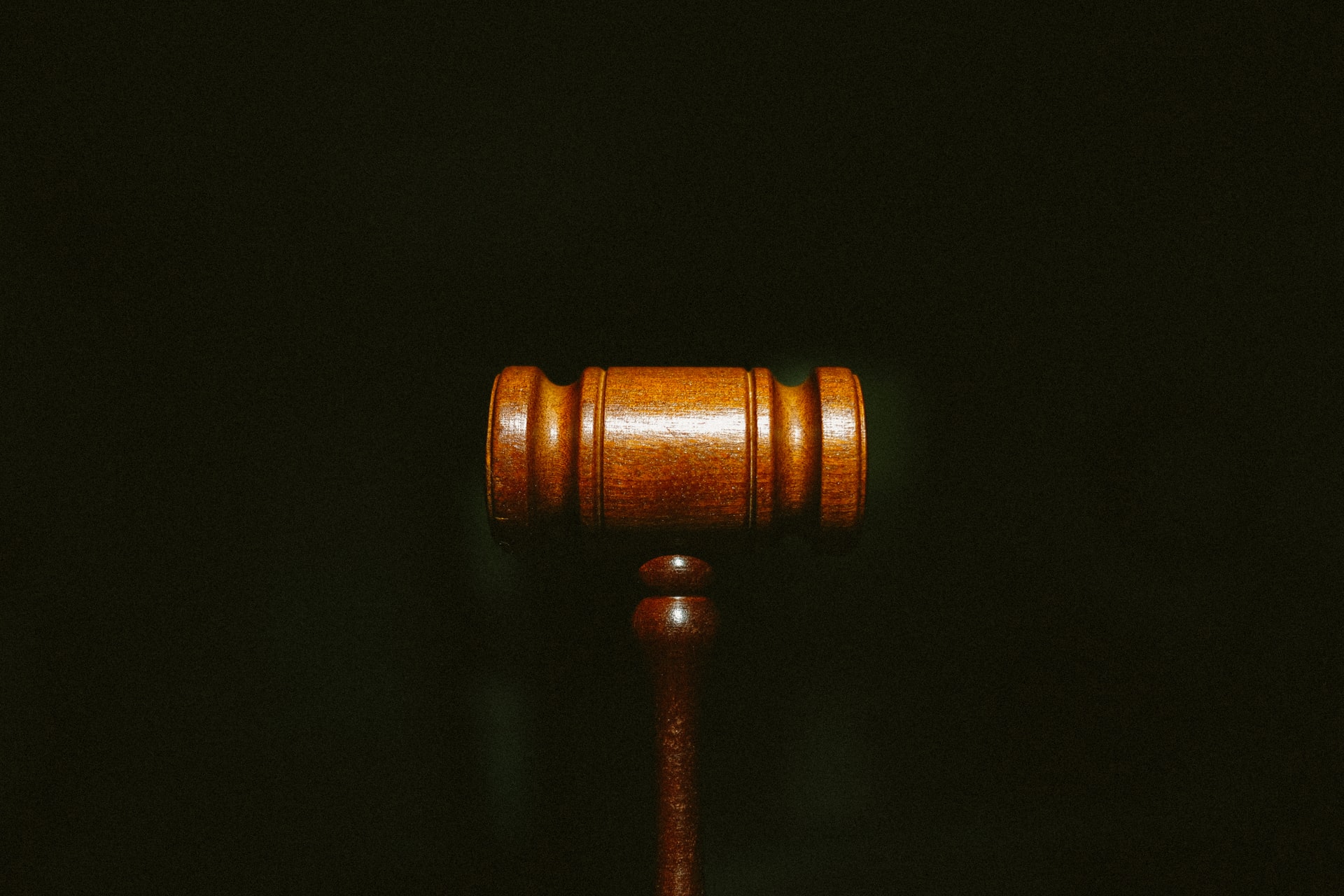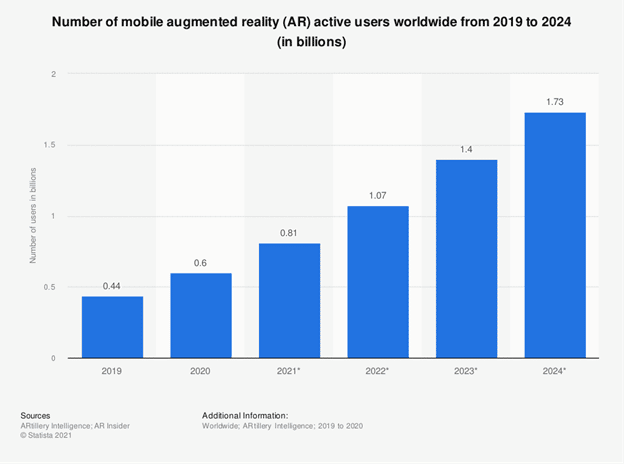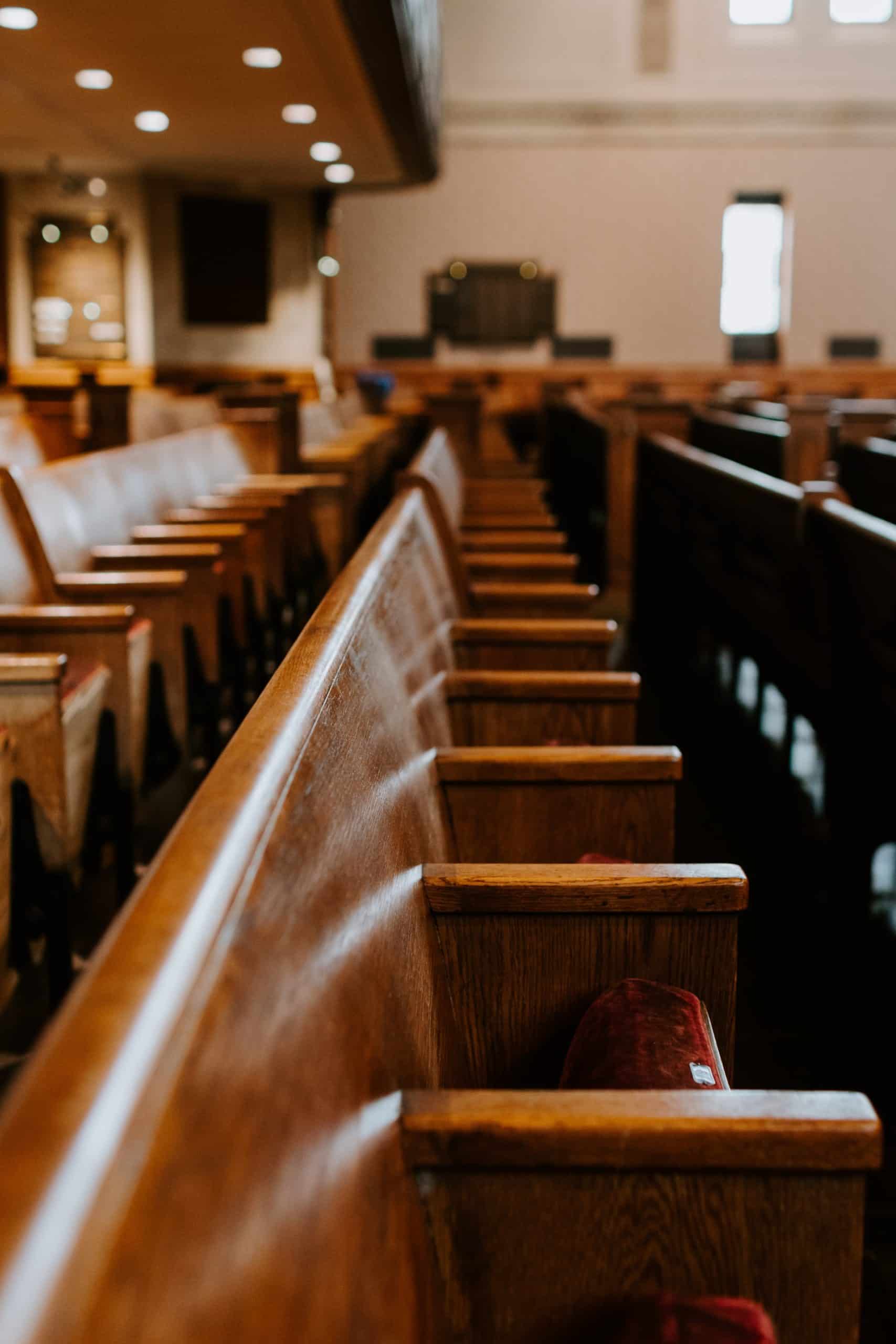The ways in which courtrooms are operating are changing. Recent innovations in technology have seen a shift from outdated procedures. These have propelled the courtroom into the 21st century. This change has only been accelerated by the COVID-19 pandemic. Of all the developments, perhaps the most significant is courtroom video conferencing.
Since the first virtual case in 2018, many courts are now looking to video conferencing. It is seen as a way of improving efficiency and reducing expenses.
The prospect of this transition is understandably daunting to some; courtroom processes have remained static for a very long time. There are, however, clear benefits to the change. When considering factors such as reduced cost and a more flexible work schedule for attorneys, it is clear that video conferencing is here to stay.
But how can attorneys adapt to these changes? We’ll provide an insight into video conferencing and explain why it will play an important role in the courtrooms of the future.
IMAGE: UNSPLASH
What Is Courtroom Video Conferencing?
As the name suggests, this involves parties attending a hearing virtually, rather than in person. Whilst this may seem like a sizeable shift from the status quo, in reality, the processes remain largely unchanged. As with all hearings, the judge decides which parties can speak and has control over proceedings.
There is also no need for special conferencing software. In general, courtrooms use software that members of the public will be familiar with.
Many courtrooms have already successfully adapted to the use of video conferencing, with many attorneys reporting favorable experiences. A recent study showed 71.5% describing their experiences of remote hearings as ‘positive’ or ‘very positive’. In addition to remote meetings, most software also allows for conference live streaming. This means that hearings can be accessible to the public.
What If Video Conferencing Isn’t An Option?
Some courtrooms use audio conferencing for people that do not have access to video conferencing. Courts can automate this process with an auto dialler. In recent years, automated calling has progressed significantly with developments such as progressive calling making it simple and intuitive.
How Prevalent Is Video Conferencing?
Since 2020, we have seen an explosion in court proceedings being handled remotely. One clear example is the Texas court system. Before 2020, Texas had never held a hearing via video conference. Between March 2020 and February 2021, however, the court had conducted 1.1 million remote proceedings.
With positive responses from attorneys, it seems clear that this trend will grow.
Will All Court Proceedings Eventually Be Handled Remotely?
Fully remote hearings are already taking place and will continue to do so. It seems unlikely, however, that courts will dispense entirely with in-person proceedings. There are barriers that prevent some people from attending remotely.
For example, a poor internet connection could cause a call to stutter. Due to this, an attendee could struggle to follow proceedings. Other factors such as a noisy home environment, or individuals lacking the technology to connect are barriers to remote hearings.
Instead, many courts are opting for a hybrid approach. This means that potentially dangerous defendants or attendees that must travel long distances will join remotely. All other parties attend in person.
As already mentioned, some courts are also utilizing audio calls. Many courts have effective inbound services to handle incoming calls and ensure audio quality.
What Measures Should A Court Have In Place?
To effectively facilitate remote hearings, there are several factors that courts must not overlook. There are few conferencing platforms designed specifically for courtrooms. This means that courts should consider the different available platforms. Careful planning is needed before choosing a platform to ensure a court finds an option that meets their needs.
For audio conferencing, courts must ensure that parties can connect to calls smoothly. This means that effective phone system must be in place.
The Benefits Of Video Conferencing
There are lots of factors that prove video conferencing is the future for court proceedings. These are some of the reasons why innovation should be welcomed.
Higher Levels Of Security
Security has long been a concern for courtrooms. This is especially true when dealing with violent or unpredictable defendants. Such cases demand increased security presence. This means increased cost and higher levels of planning. If violence does occur, there is a risk of injury to security personnel or attendees.
By having potentially dangerous defendants appear remotely from a secure facility, a court can remove the risk of danger (although they must ensure cybersecurity). This eliminates the need for increased security and helps to ensure the safety of attendees.
More Efficient Proceedings
Many factors can delay a hearing. Legal teams or witnesses could be delayed and court proceedings held up as a result. Furthermore, a hearing cannot commence until previous cases are resolved. If a previous hearing is delayed, it will have a domino effect on proceeding cases.
Studies have shown that such delays are contributing to a problem for the justice system. According to the US national time standards, 98% of misdemeanor cases should be resolved within 365 days. Data shows, however, that only 77% of misdemeanors fall within that metric.
When conducting video conferencing, there is no need for attendees to travel to a hearing. This improves timely attendance and reduces delays. Alongside other technologies such as an EDI interface (for easy transfer of digital files), video conferences can greatly improve the efficiency of court proceedings.
Less Stress For Victims
For victims of severe crimes, attending court in person can be a difficult experience. Leaving one’s home and traveling to the courtroom can be stressful and cause negative memories to surface. This is especially true if a victim has to come face-to-face with a defendant. By appearing virtually from a remote setting, the witness can have a less stressful experience.
Hearings Can Take Place In Rural Areas
As we all know, crime can take place anywhere. This includes areas that are many miles from a courtroom. To facilitate hearings for crimes committed in these areas, parties may have to travel long distances. Sometimes, witnesses will have to use multiple forms of transport to reach a hearing.
This means higher travel expenses for witnesses and increased costs of transporting defendants. During a time when many courts are forced to operate with smaller budgets, cost-cutting is essential.
Luckily, video conferencing helps solve both the issue of transport and cost. Parties no longer must travel from their area and can attend hearings remotely. As conferencing software is now available worldwide, video conferencing makes an excellent alternative for proceedings in rural areas.
How Video Conferencing Is Changing The Courtroom
Video conferencing is being used alongside other forms of technological advancements. This change is part of a wider effort to make courtroom proceedings more efficient. For example, courts regularly use the internet to ensure that information is available. This includes the use of effective SEO to maximize user searches.
Below are some ways that, alongside other advancements, video conferencing is transforming the digital courtroom.
e-Hearings
The term ‘e-Hearing’ encompasses many different proceedings. In the broad sense, an e-Hearing is any hearing that uses technology as a means to deliver evidence to a courtroom. Important documents are visible on-screen during hearings.
Participants can interact with these documents to support their case. If needed, a document can be rotated, enlarged, or annotated. This allows attendees to gain more information and helps to support the decision of the jury.
In recent years, e-Hearings have been used to support video conferencing. As in a physical courtroom, documents appear on-screen and can be interacted with. By adopting e-Hearings, virtual courtrooms can ensure that attendees are not deprived of information.
e-Discovery
Of all new technologies that could enter the courtroom, e-Discovery is perhaps the most significant. e-Discovery uses AI to analyze the behavior of speakers during a hearing.
There is now a wealth of video recordings provided by remote courtrooms. An expanding database of video files means that there is a high potential for analysis. This analysis can deliver insights into the accuracy of testimonies provided to the court.
It’s important to note, however, that this technology has not yet been adopted by courts. Although some uses could be controversial, it seems inevitable that AI will have an increasing role in the courtroom. The analytical powers of the technology have too much potential to be ignored.
Augmented Reality – The Next Step For Video Conferencing?
Whilst the technology has long existed, video conferencing is seen as a new development in the courtroom. But many are already looking to a future beyond video conferencing. Whilst the technology has many benefits, it lacks some of the advantages of in-person trials. When a testimony is not given in person, a jury can feel detached from a hearing.
Experts are looking to Augmented Reality (AR) to bridge this gap. With AR, an attendee could appear as a hologram to give testimony. This means that they are part of the courtroom environment and feel less distant from members of the jury.
IMAGE: STATISTA
Video Conferencing Is Here To Stay
Video conferencing is not always a perfect solution. As already mentioned, poor internet connection and the lack of a dedicated conferencing platform are amongst its challenges. Until these points are addressed, video conferencing will remain an imperfect solution.
If you utilize a robust QA strategy, however, you will boost your chances of implementing effective and efficient video conferencing processes for the majority of situations. From a lower cost and reduced security risks, to greater efficiency and accessibility, there is a long list of positive effects attributed to video conferencing.
All in all, there’s no doubt that video conferencing is a positive change for the courtroom and is here to stay.
IMAGE: UNSPLASH
If you are interested in even more technology-related articles and information from us here at Bit Rebels, then we have a lot to choose from.



COMMENTS